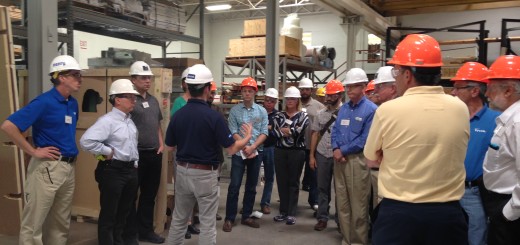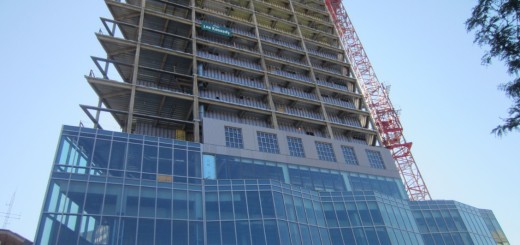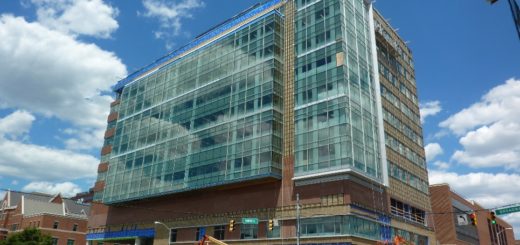Make it Tight: March 10, 2016
Building Airtightness and Airsealing
March 10 @ 1:00 pm – 5:00 pm
AIA COTE event. Registration via aiabaltimore.org.
Presented by 475 High Performance Building Supply in cooperation with AIABaltimore’s Committee on the Environment/Resiliency and BEC – Baltimore
4 AIA CEU; 2 BPI CEU availableJoin us for this upcoming event on the importance of building enclosure airtightness and how to achieve it. After the course stay for refreshments, appetizers, and networking.
Make it Tight is a comprehensive training event that will give attendees a thorough introduction to building airtightness and airsealing. With a focus on building science, the course examines everything from the role of airtightness with regards to energy efficiency and occupant health, to current airtightness industry standards and how to design, optimize, and test an airtight building envelope. Learn from the long-practicing architects and experts at 475, leaders in airtightness solutions for Passive House and other high performance buildings.
Learning Objectives
1. Why an air barrier is critical to high-performance construction – with an in-depth discussion of the supporting building science. From energy efficiency to health to prevention of moisture damage, the essential importance of airtightness is one of the best kept secrets in construction today and this session will unravel the myths and provide clear explanations.
2. What is an air barrier and what are air barrier standards today – including a comprehensive look at the materials and components used in making air barriers. From sheathing, to membranes, caulking, tapes and gaskets, there is a growing array of products to choose from and we’ll discuss them all and how they can help hit the airtightness numbers you need and keep it that way.
3. How to design an air barrier – uncovering the complete process and critical decisions needed to optimize chances for success. Should the air barrier be outboard or inboard; how are the walls connected to the roof; what design decisions will make airtightness easier to achieve or harder. How do the materials and components go together and how to describe it in a way that helps the contractor make the airtight system a reality on site.
4. How to construct and test an air barrier – describing implementation of design with real world examples of both new build and retrofit construction. We’ll see what is working well and what is not for different construction types. Then look at the tools and methods for testing airtightness and delivering quality assurance.
Presenter Bios
Kent Lessly is a Certified Passive House Designer and licensed architect in Pennsylvania and Oklahoma. Kent’s 28 years of architectural practice covers a very diverse range of project types and sizes from small retail stores to expansive hospitality and aviation projects. It was Kent’s passion for Passive House that brought him to 475 to help mainstream Passive House Standards with everyday practice.
Ken Levenson is a Certified Passive House Designer. Ken graduated from Pratt Institute in 1989 and has been a registered architect in New York State since 1993. Ken is a Certified Passive House Designer, a founding board member of New York Passive House, the National Passive House Alliance and the North American Passive House Network. Ken is a founding partner at 475 High Performance Building Supply.
Floris Keverling Buisman has a Master’s degree from the Delft University of Technology, School of Architecture, The Netherlands. He built the Lucy House at the Rural Studio, worked at Common Ground Community, and on Mayor Bloomberg’s PlaNYC Green Code Task Force. Floris is a Certified Passive House Consultant, WUFI-ORNL instructor, and a founding board member of New York Passive House. Floris is an adjunct professor at The City College of New York and has been a guest critic at Pratt Institute and Columbia University.


